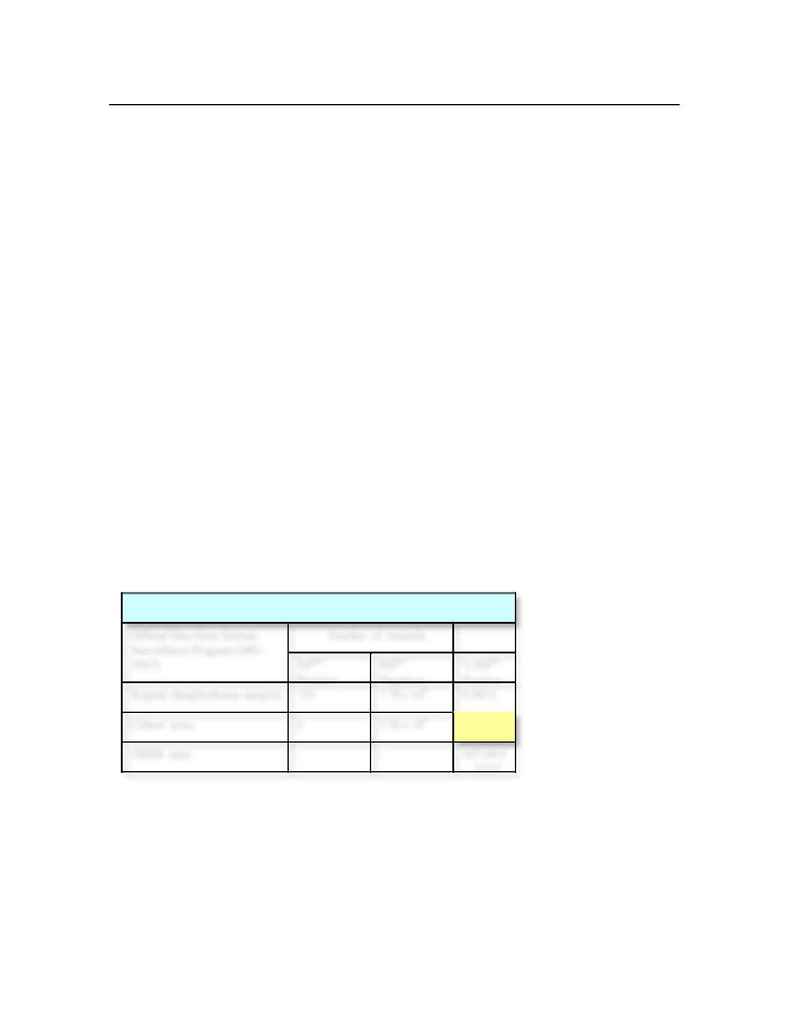
Chroni
Biomedical
Page 5 of 10
and Non-Template Control reactivity
+ 5 standard deviations).
· A sample that is non-reactive is
considered to have a CNA profile
similar to healthy cattle.
· Cattle with non-reactive samples are
considered to be at low risk for
developing BSE at the time of
sampling.
Reactive
· A sample is considered repeatedly
reactive when its reactivity exceeds
the detection limit repeatedly in
duplicates.
· Cattle with repeatedly reactive
samples are should be considered as
having an increased risk for
developing BSE.
Test Results of In-House
Clinical Studies: Serum
Samples
Cohort Serum Analysis
The European Union has defined
"cohorts" as all animals born and/or
raised in the same herd as a confirmed
BSE positive case within 12 months
before and after the date of birth of the
BSE index case.
These cows have been exposed to the
same contaminated calf chow and
environmental factors as the index case
and therefore are considered at risk. BSE
positive is defined as a cow whose brain
biopsy has detectable misfolded prions
referred to as PrP
res
.
Table 1 shows that the likelihood of a
BSE / PrP
res
positive cow coming from
cohorts is more than 100 fold as
compared
to
non-cohort
healthy
controls.
Table 1
Number of Animals
Official Data from German
Surveillance Program (2001-
2003)
PrP
res
Positive
PrP
res
Negative
% PrP
res
Positive
Regular slaughterhouse samples 103
7.70 x 10
6
0.0013
Cohort cows
8
5.58 x 10
3
0.14
ODDS ratio
-
-
107 (48.5
227)*
*The difference in BSE incidence between the population of cows that has
been regularly slaughtered and cohort cows is highly significant (p <
0.001; Chi
2
). Lower and upper limit of 95% confidence interval are in
parenthesis.
